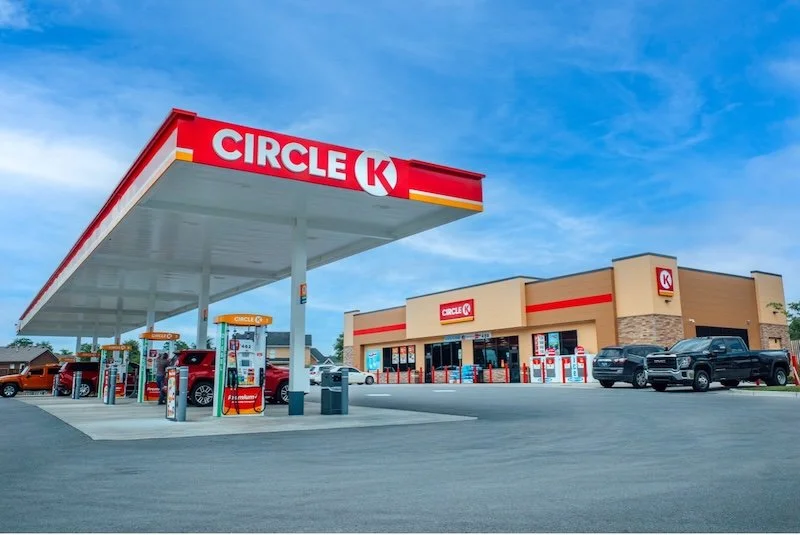City of London retailers hit hard by Covid-19 as vacant units soar
In 2020, the number of vacant units in the City of London increased from 174 at the end of 2019 to 255 at the end of 2020, according to research from the Local Data Company.
This was down to workers staying home during the Covid-19 pandemic and footfall falling across the district.
In 2020, the vacancy rate increased by 3.5% in the City compared to an average increase of 1.3% for Greater London and 1.6% for the whole of GB.
It is now at the highest level in five years in the City where retail stock is densely supplied with food to go units, pubs, bars and restaurants, usually serving the busy working population.
54% of all closures seen in the City in 2020 were hospitality and leisure units, of which 83% were national chains.
Chains have been hit hard by the pandemic, especially those which rely on trade across central London. Many brands have had to rationalise their London estates, closing locations where footfall has declined significantly.
Lucy Stainton, Head of Retail and Strategic Partnerships at the Local Data Company, comments: "The City of London has been dramatically hit given that the vast majority of the worker population, on which these businesses are almost solely reliant, went away overnight as the government’s initial work from home order kicked in.”
“The fact that a significant number of retailers deemed ‘essential’ have chosen not to open in this location throughout various lockdowns, despite their ability to trade, is a further indication of just how low current consumer demand is in the City.”
He adds: “Looking forward we might expect that once people are able to safely return to offices, the need, and demand, for this supporting economy will return just as quickly as it went away, presenting a real opportunity for agile operators especially in those key categories such as take away food shops, bars and restaurants.”










Continue reading…